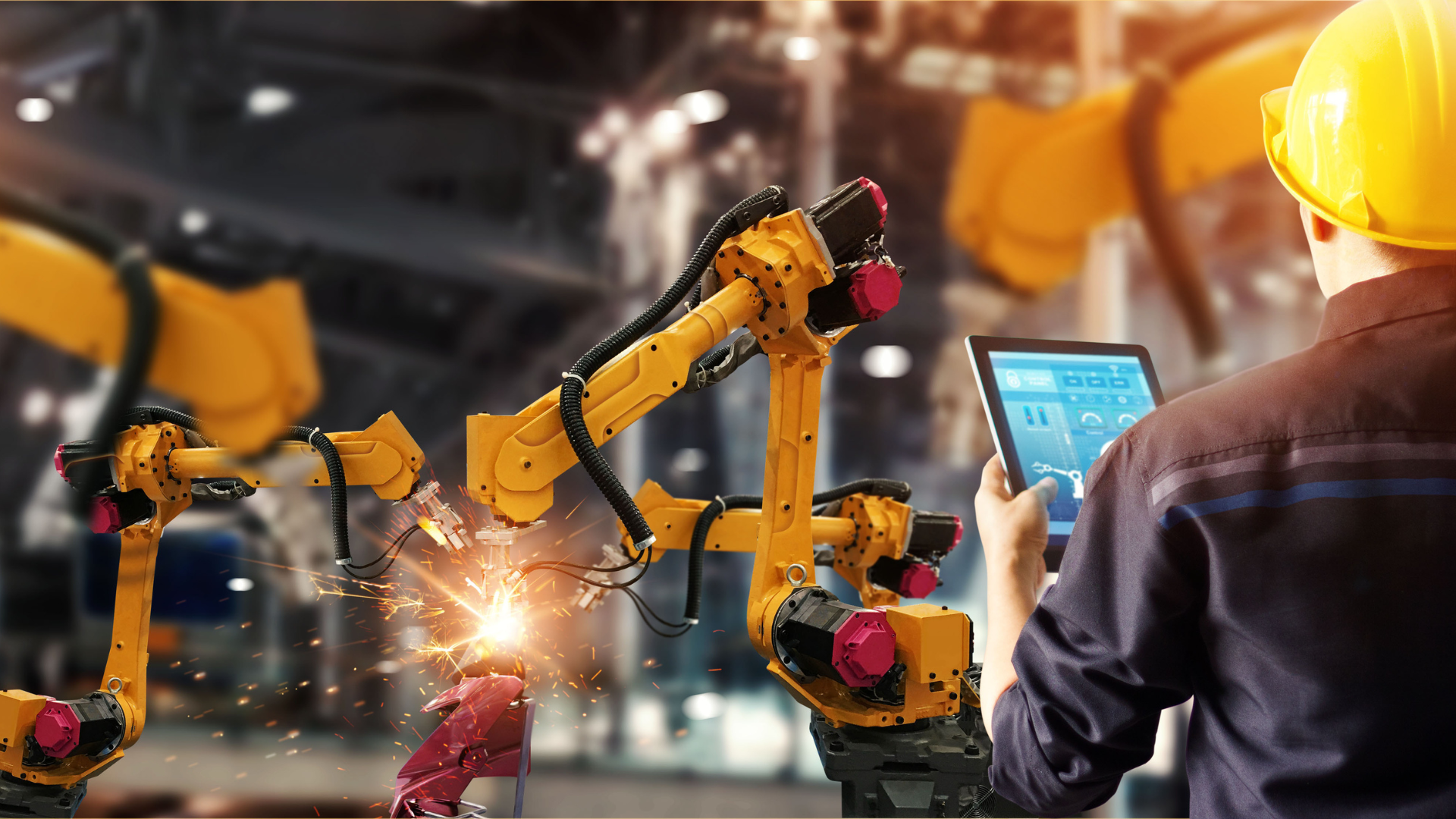What is MES and PLC?
What is MES and PLC?
Manufacturing Execution Systems (MES) and Programmable Logic Controllers (PLC) are two critical components in modern manufacturing. MES oversees the entire production process, ensuring everything runs smoothly from start to finish, while PLCs are the hard-working controllers that manage specific machinery operations in real time. Together, they create a harmonious environment where efficiency thrives. Speaking of integrations,
Is SCADA an MES System? The answer delves into how these systems work together to enhance production control.

Manufacturing Execution System PDF
A Manufacturing Execution System PDF provides a comprehensive overview of MES, detailing its functions, benefits, and implementation strategies. These documents serve as valuable resources for manufacturers looking to optimize their operations, often featuring case studies, best practices, and technical specifications. Whether for training or strategic planning, these PDFs are essential reading for anyone diving into the MES landscape.
What Does an MES Do?
An MES acts as the command center of manufacturing, orchestrating operations by tracking production metrics, managing inventory, and ensuring quality control in real time. By capturing and analyzing data from the shop floor, it transforms chaos into clarity, enabling manufacturers to make informed decisions quickly. Ultimately, an MES helps streamline processes and boost overall efficiency, ensuring that production goals are met.
Top MES Systems
Top MES systems like Siemens Opcenter, Rockwell Automation's FactoryTalk, and Honeywell's Manufacturing Execution System lead the charge in optimizing manufacturing processes. Each of these solutions offers unique features tailored to different industries, from discrete to process manufacturing. Choosing the right MES can significantly enhance operational efficiency and enable data-driven decision-making.

What is MES Software Used For?
MES software is used to monitor and control manufacturing operations in real time, enabling businesses to optimize production workflows and ensure quality standards are met. It helps track materials, manage inventory, and gather data analytics to inform decision-making. By acting as a bridge between the factory floor and enterprise-level systems, MES software enhances visibility and responsiveness across the entire production process.
MES Software Examples
Examples of MES software include Siemens Opcenter, Rockwell Automation's FactoryTalk, and Plex Systems. These solutions cater to various manufacturing environments, offering features like production scheduling, quality management, and real-time reporting. By leveraging these tools, manufacturers can enhance efficiency and maintain high-quality standards throughout their operations.
What Does MES Mean in SAP?
In the context of SAP, MES refers to the integration of Manufacturing Execution System capabilities within the SAP ecosystem. This allows businesses to manage production processes seamlessly while also overseeing resources and enterprise operations. By incorporating MES into SAP, companies can achieve enhanced visibility and control across all aspects of their manufacturing activities.
SAP MES
SAP MES combines the robust features of SAP's ERP with the real-time capabilities of a traditional MES, allowing manufacturers to optimize their operations from planning to execution. This integration helps streamline processes, improve data accuracy, and enhance overall productivity. With SAP MES, businesses can harness the power of data to drive efficiency and respond swiftly to market demands.
What Does MES Stand For?
MES stands for Manufacturing Execution System, a crucial software solution that monitors and controls production processes on the factory floor. It acts as a link between enterprise-level planning and real-time manufacturing activities, ensuring that everything runs smoothly and efficiently. By providing visibility into operations, MES plays a vital role in enhancing productivity and quality.
Manufacturing Execution System
A Manufacturing Execution System is a digital platform that manages production processes in real time, providing visibility and control over operations from raw material to finished product. It helps manufacturers optimize workflows, track performance metrics, and ensure quality standards are met consistently. In today’s fast-paced manufacturing landscape, an MES is essential for staying competitive.
What is the MES System?
The MES system is a comprehensive framework that facilitates the monitoring, control, and optimization of manufacturing processes. By integrating data from various sources, it provides real-time insights that help manufacturers make informed decisions quickly. This system is crucial for achieving operational efficiency and maintaining high-quality production standards.
Gartner Magic Quadrant for Manufacturing Execution Systems
The Gartner Magic Quadrant for Manufacturing Execution Systems evaluates and ranks leading MES providers based on their ability to execute and completeness of vision. This analysis helps manufacturers identify top solutions that can drive efficiency and innovation within their operations. By reviewing the Magic Quadrant, companies can make informed choices when selecting an MES vendor.
What is an Example of MES?
An example of MES in action is Siemens Opcenter, which provides a comprehensive suite of tools for managing production processes across various industries. It enables real-time monitoring, data collection, and quality assurance, helping manufacturers optimize their workflows and respond quickly to changes. By utilizing MES solutions like Opcenter, companies can enhance productivity and ensure consistent product quality.
MES System Examples
Examples of MES systems include Rockwell Automation’s FactoryTalk, Honeywell’s Manufacturing Execution System, and Dassault Systèmes’ DELMIA. Each of these solutions offers unique features tailored to different manufacturing environments, from discrete to process manufacturing. Choosing the right MES system can significantly improve operational efficiency and data-driven decision-making.
What is the Role of MES?
The role of MES is to act as the backbone of manufacturing operations, providing real-time visibility and control over production processes. It ensures that everything from scheduling to quality control is optimized for efficiency and effectiveness. By collecting and analyzing data, MES enables manufacturers to make informed decisions quickly, ultimately enhancing productivity and competitiveness.
MES Software
MES software is designed to manage and optimize manufacturing operations by providing real-time tracking, data analytics, and quality management capabilities. It serves as a critical tool for manufacturers seeking to enhance efficiency, reduce waste, and improve product quality. By integrating MES software into their operations, businesses can achieve a more streamlined and data-driven approach to production.

What is the Difference Between MES and ERP?
The difference between MES and ERP lies in their focus and functionality. MES is centered on real-time production management, tracking processes on the shop floor, while ERP encompasses a broader scope, managing resources, finance, and supply chain operations across the entire organization. In essence, MES handles the 'how' of making products, whereas ERP addresses the 'what' and 'when' of running a business.
MES vs ERP
In the debate of MES vs ERP, both systems are crucial for operational success but serve different purposes. MES focuses on real-time monitoring and control of manufacturing processes, ensuring efficiency and quality, while ERP provides a comprehensive overview of business functions, integrating finance, HR, and supply chain management. Together, they create a powerful synergy that drives overall organizational effectiveness.
What is the Difference Between MES and SAP?
The difference between MES and SAP lies in their scope and functionalities. MES specifically targets real-time management of manufacturing processes, whereas SAP serves as an ERP system that encompasses a wide range of business functions, including finance and supply chain management. However, SAP can integrate MES capabilities, allowing manufacturers to enhance both production efficiency and enterprise resource planning.
List of MES Software
A list of MES software includes notable solutions such as Siemens Opcenter, Rockwell Automation’s FactoryTalk, Honeywell’s Manufacturing Execution System, and Plex Systems. Each of these platforms offers unique features tailored to various manufacturing environments, enabling businesses to optimize operations and improve productivity. Choosing the right MES software is crucial for enhancing efficiency and maintaining quality standards.
Is SAP an MES System?
While SAP primarily functions as an ERP system, it does offer MES capabilities through its various modules. This integration allows manufacturers to manage production processes alongside their broader business operations. Therefore, while SAP isn’t strictly an MES system, it provides tools that enable businesses to achieve MES-like efficiencies within a comprehensive ERP framework.



